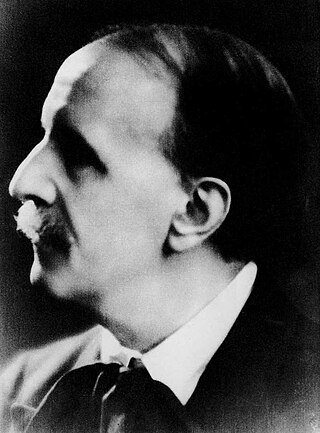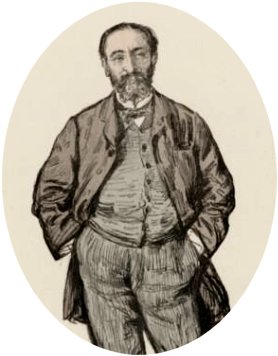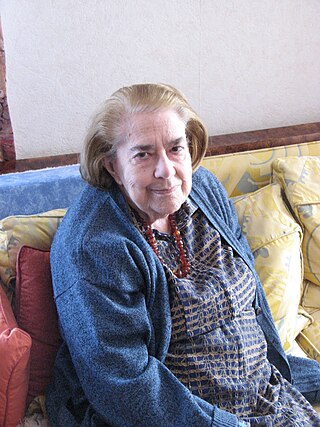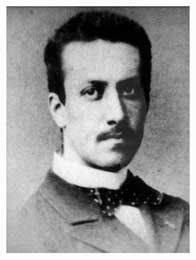
Charles-Marie-Jean-Albert Widor was a French organist, composer and teacher of the late Romantic era. As a composer he is known for his ten organ symphonies, especially the toccata of his fifth organ symphony, which is frequently played as recessional music at weddings and other celebrations.

Maurice Gustave Duruflé was a French composer, organist, musicologist, and teacher.

Louis Victor Jules Vierne was a French organist and composer. As the organist of Notre-Dame de Paris from 1900 until his death, he focused on organ music, including six organ symphonies and a Messe solennelle for choir and two organs. He toured Europe and the United States as a concert organist. His students included Nadia Boulanger and Maurice Duruflé.
Pierre Eugène Charles Cochereau was a French organist, improviser, composer, and pedagogue.

John Scott Whiteley is an English organist and composer. He has performed extensively around the world and since 1985 has undertaken an annual tour of the US. He has performed in most major UK cathedrals and concert halls, and was Assistant Organist and later Organist and Director of the Girls' Choir at York Minster between 1976 and 2010. He is currently Organist Emeritus of York Minster.
Pierre André Labric is a French organist, pedagogue and composer.
David John Briggs is an English organist and composer.

Jean Victor Arthur Guillou was a French composer, organist, pianist, and pedagogue. Titular Organist at Saint Eustache in Paris, from 1963 to 2015, he was widely known as a composer of instrumental and vocal music focused on the organ, as an improviser, and as an adviser to organ builders. For several decades he held regular master classes in Zurich and in Paris.

Rolande Roberte Ginabat-Falcinelli was a French organist, pianist, composer, and music educator.
George C. Baker is an American organist, composer, pedagogue, and dermatologist.

François Daniel Roth is a French organist, composer, musicologist, and pedagogue. He was titular organist from 1985 until 2023 at the church of Saint-Sulpice in France's capital, Paris, alongside Sophie-Véronique Cauchefer-Choplin, and as of February 2023, will remain as emeritus titular organist.
The Symphony for Organ No. 5 in F minor, Op. 42, No. 1, was composed by Charles-Marie Widor in 1879, with numerous revisions published by the composer in later years. The full symphony lasts for about 35 minutes.

Léonce Marie-Joseph, Comte de Saint-Martin-de-Paylha, shortened to and more well known by Léonce de Saint-Martin, was a French organist and composer.
Jeanne Marie-Madeleine Duruflé was a French organist. Regarded as the last of the French school of organists, she played works by Widor, Vierne, Langlais, Dupré and her husband, Maurice Duruflé. She and her husband were both organists at Saint-Étienne-du-Mont in Paris, and toured internationally, especially in the U.S..

The Requiem, full title Messe de Requiem, Op. 54, is a Requiem Mass composed by Camille Saint-Saëns in 1878 for soloists, choir and orchestra. He composed it in memory of his friend and patron, Albert Libon, and conducted the first performance on 22 May 1878 at Saint-Sulpice in Paris, with Charles-Marie Widor as the organist. It was first published the same year.
Henri Jules Joseph Nibelle was a French organist, choral conductor and composer.

Jeanne Angèle Desirée Yvonne Joulain was a French organist, concertist and music educator.

The Messe solennelle in C-sharp minor, Op. 16, is a mass by the French composer Louis Vierne. He composed it in 1899, scored for choir and two organs. It was published in 1900, before it was first performed at Saint-Sulpice in Paris in December 1901. Although scored for two pipe organs, it was later adapted for a single organ, as most churches could not provide two such instruments.

Gereon Krahforst is a German composer, concert organist, pianist, harpsichordist and church musician.
Ave Maria, Op. 3, by Louis Vierne is a sacred song, originally composed c. 1890 for mezzo-soprano and organ.












